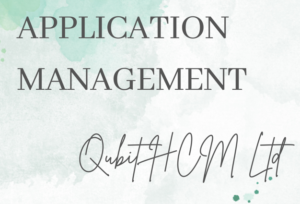Not involving stakeholders

One of the most common mistakes is not involving all relevant stakeholders in the HRIS implementation process. This includes end-users, IT staff, and HR staff. Failing to involve all stakeholders can lead to a lack of buy-in, miscommunication, and a poorly-designed system.
Follow the crowd and choose the wrong solution
Choosing the solution that doesn’t meet the needs of your organization can be a costly mistake. It’s important to do your research and choose one that is scalable, easy to use, and integrates well with other systems. The sexy one may not be your best one!
Badly executed data migration
If data is not migrated correctly, it can lead to errors, delays, and decreased productivity. Make sure you have a plan for data migration and that you have tested the data to ensure it is accurate. Data Cleansing, Formatting, validating and updating the new system require a load of capacity
Lack of training and support
Inadequate training and support can lead to poor user adoption, errors, and frustration. It’s important to provide adequate training and support to all end-users of the system.
Limited testing
Failing to test the system before going live can be a costly mistake. Testing helps identify any issues or bugs in the system, and ensures that the system is functioning as intended.
Change management
Poor change management can lead to resistance, confusion, and poor adoption. It’s important to communicate the reasons for the change, involve stakeholders in the process, and provide adequate training and support.
Lack of continuos learning
Project is done and the team disbanded. Operations have no time to optimise. Leads to frustration and finger pointing
We at Qubit HCM have the expertise to help you avoid these pit falls






